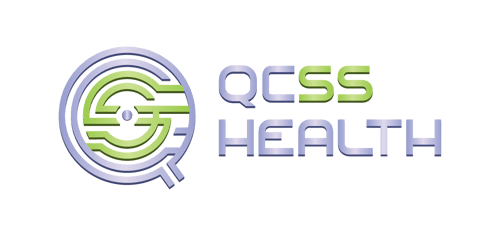When it comes to home care, there is no shortage of assessments that capture a member's needs. These assessments can come in a variety of forms (e.g., eligibility screens, level of care assessments, uniform comprehensive assessments, functional tasking assessments, etc.) It's high stakes for Managed Care Organizations and HCBS providers to complete accurate assessments in order to equitably identify member needs, improve health outcomes, and maintain financial viability in an industry with narrow margins. Let's explore some of the reasons for errors and options to improve accuracy:
Common causes of error
The process of assessing an MLTSS member is complex and requires sound professional nursing judgement. However, there are several challenges in the implementation of assessment systems that make a nurse's job harder:
- Timelines. Plans and providers are judged on the how long it takes a member to be assessed. Whether it is a quality measure from CMS, a state regulatory agency, or a health plan rating system, timeliness matters. This can create an incentive to get the assessment done so that larger penalties are not incurred.
- Number of questions. The number of questions in an assessment process can be upwards of 500 when considering all of the questions asked across eligibility screens, level of care assessments, functional assessments and heath risk assessments. There are substantial opportunities for error when a nurse needs to achieve mastery on that many questions.
- Interdependency of questions. Comprehensive assessments cover at least the nine (9) core elements as defined by CMS (i.e. ADL, Cognitive Functioning, Living Arrangement, Current Medications, Mental Health Status, Caregiver Support, Acute and Chronic Conditions, Home Safety, and Provider.) Each of these questions may have implications on how another is answered - they aren't always mutually exclusive. Without a thorough review of the various relationships between 500 questions, an error is likely to occur.
Ways to improve accuracy
- Internal review. Organizations have created nurse review teams or assessment managers that manually review each assessment for potential errors and issues with consistency. While a "second set of eyes" is better than no review, there is still opportunity for error due to tight timelines, a high volume of questions, and potentially missed interdependencies. While internal review is helpful, it is costly to review 100% of assessments.
- Third-party audit. Some organizations or regulatory agencies implement third-party audit. Most often, this occurs when the assessment data is used to make monetary decisions: whether it is reimbursement from an agency or prior authorization from a health plan. If the process remains manual, the cost of review and audit has simply shifted from one party to another.
- Use technology to support review. Plans and providers can utilize healthcare IT to improve the effectiveness and cost efficiency of their review processes. Digitizing data, reviewing it for obvious errors, and flagging potential areas of an assessment for nurse assessors to review and document further is an optimal approach. This process can identify potential errors with interdependent questions, improve documentation of unique cases, and provide value-add review at scale.
Our clients use our products to apply review logic to each assessment in a matter of seconds which would otherwise require manual effort that is prone to error. This helps plans and providers achieve the aim of a comprehensive assessment system: to consistently and accurately assess members so that appropriate individualized care can be provided.

